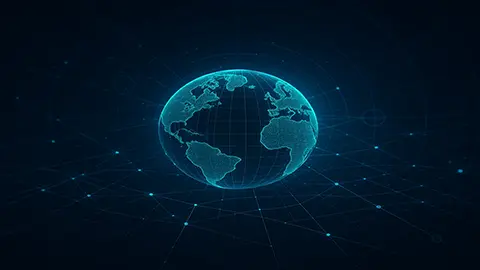Rapid Growth in EV Sales
Electric vehicle sales grew rapidly from 2021 to 2022, partly fueled by a rapid rise in gasoline prices, as well as attractive new vehicles with impressive new features entering the market. The result is that, for the first time, electric vehicles accounted for over 5 percent of the new-car market in the U.S. – a record share, as well as a record number of electric vehicles sold.

Added Stress on Growing Public EV Charging Infrastructure
One interesting consequence of the rapid growth of EV sales has been added stress on public charging infrastructure across America. During the growth spurt in electric car sales, owners in high-volume electric markets like California, Washington, and even Texas, have started to find the public charging infrastructure inadequate. According to market-research firm J.D. Power, not only do EV owners feel there is not enough public charging infrastructure – they are also being frustrated with non-functioning charging stations.
There are more public charging stations in operation across the U.S. than ever before – close to 50,000, with over 115,000 individual ports according to the U.S. Department of Energy Alternate Fuels Data Center. But satisfaction with public charging actually dropped from 2021, according to over 11,000 respondents to J.D. Power’s survey. On a 1,000-point scale, the average satisfaction with public Level 2 charging declined from 643 to 633 points, while satisfaction with Level 3 fast charging remained level at 647 points. Even the best-performing charger network, Tesla, only had an average score of 680 points.
Led by California, the west coast has the highest number of public chargers – but also the highest concentration of EV owners, meaning that satisfaction was actually lower than in some other parts of the U.S. Indeed, the west north central region (Iowa, Kansas, Minnesota, Missouri, Nebraska, and North and South Dakota) has the highest level of satisfaction with public charging.
J.D. Power says the lack of overall progress in customer satisfaction points to a need for improved public charging infrastructure as EVs gain wider acceptance. As more EVs hit the roads, lineups at public chargers are becoming more common, especially during peak road-trip travel days. And the firm says lack of public charging availability is one of the main reasons consumers reject EVs.

Proper Maintenance for EV Chargers Needed
It's not just the number of available charging points that’s an issue. Brent Gruber, executive director of global automotive at J.D. Power, says that inoperable charging equipment is still common. Nothing is more frustrating to an EV driver low on charge than arriving at a charger to find that they can’t fill up their vehicle.
Most owners reported that the ease of charging – when working – was relatively high, but the high cost of Level 3 fast charging was still an issue for many drivers. Because Level 3 fast charging tends to be used during long trips, they tended to be used as planned stops on longer drives by EV owners; Level 2 chargers were used more for their convenience and lower price.
Proper maintenance of high-tech chargers is clearly a gap that still needs to be addressed. Indeed, one in every five respondents indicated that they were not able to charge their vehicle at least once – and 72% of those reported that the station was malfunctioning or out of service.

Services Needed Nearby
Another interesting highlight of the study was that EV drivers were looking for things to do while their vehicles charged. Unlike filling up with gasoline, which is a manual process but can be done quickly, Level 2 or Level 3 charging require a vehicle to be plugged in for a longer period of time – so having services such as coffee shops and other amenities close by can increase satisfaction with charging.
Good news may be on the way, however: the National Electric Vehicle Infrastructure (NEVI) program promises to provide funds to U.S. states to build out additional public charging infrastructure, which should leave to sizable growth in the ability of charging stations. Strategic deployment of these stations to areas where there are currently gaps in heavily-traveled routes should ease EV drivers’ availability concerns.
















